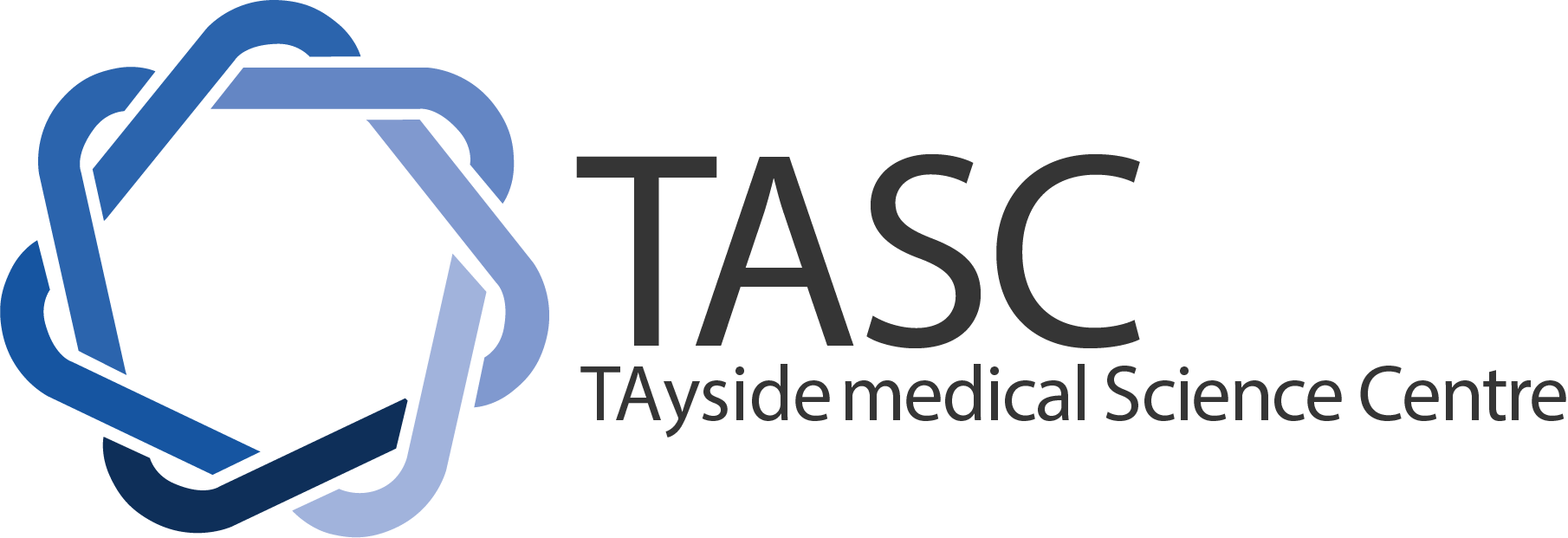Research Imaging Facilities
Clinical Research Imaging Facility (CRIF)
CRIF is located on the lower level of the CRC building at Ninewells in Dundee. We have a Siemens Biograph mCT PET/CT scanner and a Siemens Prisma 3T MRI scanner, with staffing provided by trained NHS Diagnostic Imaging staff, supported by specialist NHS Medical Physicists.
The area also includes a space for pharmaceutical preparation, patient changing areas and a dedicated image analysis area, capable of supporting up to 10 people.
More detailed information is available on the CRIF pages.
PET/CT
Positron emission tomography (PET) with FDG is a non-invasive nuclear medicine imaging procedure that uses a form of radioactive glucose to identify abnormalities within the body.
The 128-slice Computerised Tomography (CT) scanner incorporated into the system allows any abnormalities identified to be accurately located in the organs involved.
This technique is particularly useful in the diagnosis of patients suspected of having certain forms of cancer. In addition to cancer, it can be used for research for patients with cardiovascular disease and diseases affecting the brain.
2017 saw the installation of a GE Discovery MI Digital PET-CT scanner which was the first in the NHS in the UK. This is a state of the art PET-CT scanner which offers improvements in lesion detection, image quality and patient comfort.
Details of the scanner specification are available on the GE website
CT
GE Discovery MI Digital PET-CT scanner is also capable of producing high resolution CT scans, such as arterial examinations of the heart and major vessels, and this capability is also used as an additional clinical research tool.
MRI
Magnetic Resonance Imaging is a technique which produces non-invasive images using a high magnetic field, without the use of ionizing radiation. The Siemens 3T Magnetom PrismFit in the CRC uses a magnetic field twice as strong as many existing scanners, enabling the production of higher resolution images in a shorter time.
The scanner supports a range of studies, involving cardiovascular and cancer patients, as well as providing assistance to the NHS service when required.
Staffing costs are supported by CSO, and the University of Dundee through SINAPSE.
The scanner was purchased with funds provided via the Soutar Charitable Foundation and with the assistance of Chest Heart and Stroke Scotland.
Detailed information about the specification of the MRI scanner, is available from the Siemens website.
fMRI
Additional equipment funded by the SINAPSE collaboration underpins functional MRI-based projects in collaboration with psychologists, psychiatrists and neurosurgeons based not only at NHS Tayside and the University of Dundee, but also at St Andrews University.
Details of the fMRI specification are available on the Nordic Neurolab website.
Interventional Capabilities
There has been a long history of image guided treatments in Dundee, from laparascopic surgery and interventional radiology. The TASC imaging centre has been developed to allow patients to have the latest image guided treatments either under CT, MRI or Ultrasound/Flouroscopic guidance.
CRIF is ready to provide anaesthetic and patient support and recovery facilities which can be used for novel treatments for cancer, cardiovascular disease, and pain management. The aim is to provide less invasive alternatives to surgery which allow more rapid recovery and lower operative risk for patients.
This centre is the first in the world to offer such capability and works closely with the unique Institute for Medical Science and Technology, a collaboration between the University of Dundee and St Andrews
Other Imaging within TASC
Research dedicated facilities in CRIF are complemented by existing NHS facilities in MRI, CT, Nuclear Medicine, ultrasound and X-ray: all of these have the capacity to support research, and many have been involved in a variety of projects.
Institute for Medical Science and Technology (IMSaT)
IMSaT is housed in a new two-storey building, Wilson House, located next to the NHS Hospital and Medical School at Ninewells. Wilson House comprises 10,000 sq.ft. of lab space and contains:
- Full equipped workshop for instruments and implant production
- Nanotechnology and cell biology
- Ultrasound imaging and photonics labs
- Interventional MRI with surgical suite
Details of IMSaT are available on the www.imsat.org website.






